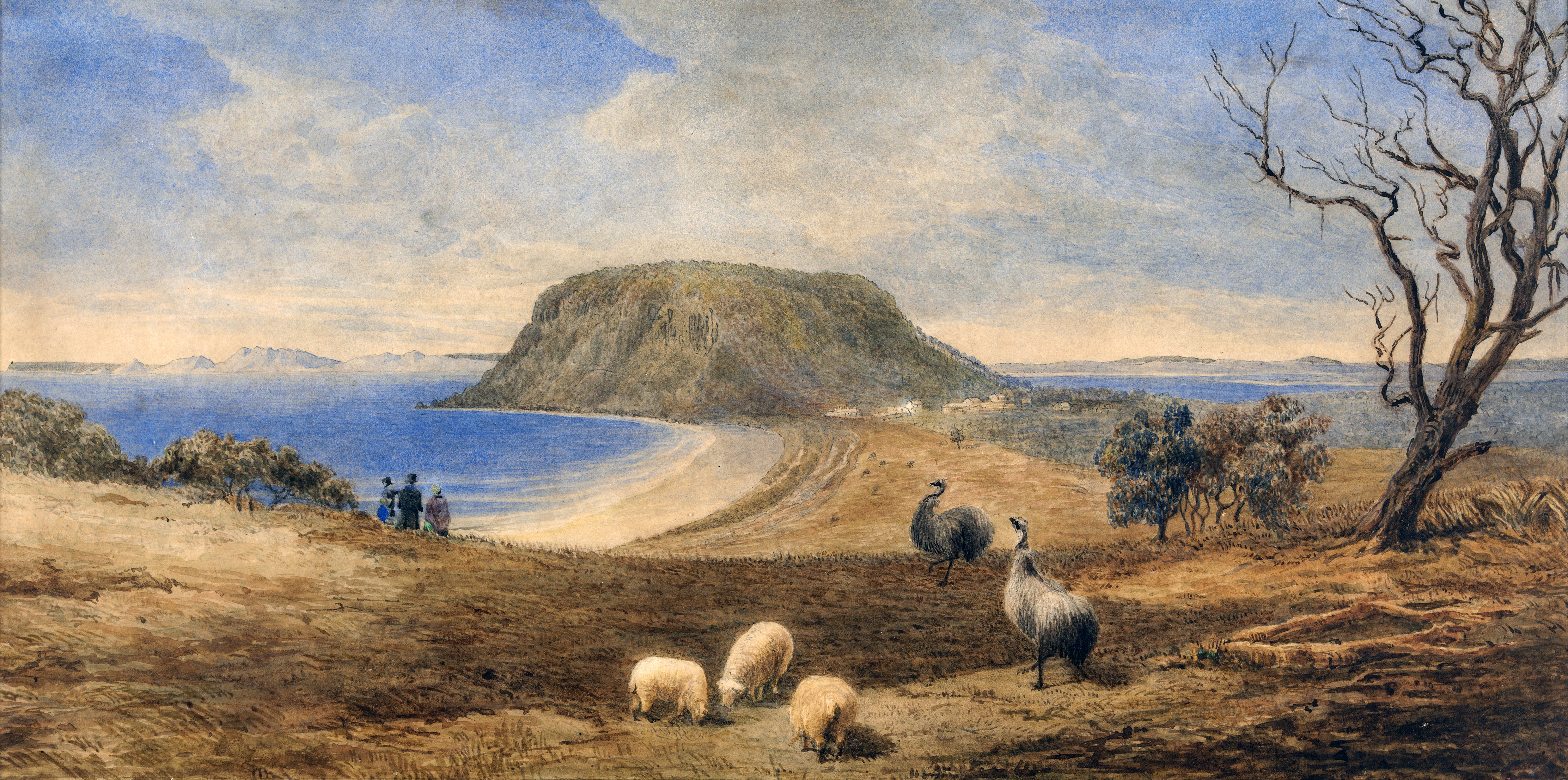|
Emu
The emu () (''Dromaius novaehollandiae'') is the second-tallest living bird after its ratite relative the ostrich. It is endemic to Australia where it is the largest native bird and the only extant member of the genus ''Dromaius''. The emu's range covers most of mainland Australia, but the Tasmanian, Kangaroo Island and King Island subspecies became extinct after the European settlement of Australia in 1788. Emus are soft-feathered, brown, flightless birds with long necks and legs, and can reach up to in height. Emus can travel great distances, and when necessary can sprint at ; they forage for a variety of plants and insects, but have been known to go for weeks without eating. They drink infrequently, but take in copious amounts of water when the opportunity arises. Breeding takes place in May and June, and fighting among females for a mate is common. Females can mate several times and lay several clutches of eggs in one season. The male does the incubation; during this ... [...More Info...] [...Related Items...] OR: [Wikipedia] [Google] [Baidu] |
King Island Emu
The King Island emu (''Dromaius novaehollandiae minor'') is an extinct subspecies of emu that was endemic to King Island, in the Bass Strait between mainland Australia and Tasmania. Its closest relative may be the extinct Tasmanian emu (''D. n. diemenensis''), as they belonged to a single population until less than 14,000 years ago when Tasmania and King Island were still connected. The small size of the King Island emu may be an example of insular dwarfism. The King Island emu was the smallest of all known emus and had darker plumage than the mainland emu. It was black and brown and had naked blue skin on the neck, and its chicks were striped like those on the mainland. The subspecies was distinct from the likewise small and extinct Kangaroo Island emu (''D. n. baudinianus'') in a number of osteological details, including size. The behaviour of the King Island emu probably did not differ much from that of the mainland emu. The birds gathered in flocks to forage and during breed ... [...More Info...] [...Related Items...] OR: [Wikipedia] [Google] [Baidu] |
Tasmanian Emu
The Tasmanian emu (''Dromaius novaehollandiae diemenensis'') is an extinct subspecies of emu. It was found in Tasmania, where it had become isolated during the Late Pleistocene. As opposed to the other insular emu taxa, the King Island emu and the Kangaroo Island emu, the population on Tasmania was sizable, meaning that there were no marked effects of small population size as in the other two isolates. The Tasmanian emu became extinct around 1865 according to the Australian Species Profile and Threats database. Officially this was recorded in 1997 when changes to listings of nationally threatened species saw the Tasmanian sub-species of emu added to the list of species presumed extinct. Information regarding the emu is reliant on 19th century documentary evidence and the limited number of emu specimens in museums. As a consequence one of the biggest challenges in researching the Tasmanian emu is the many names or spellings used to describe the emu. The early colonial accounts sp ... [...More Info...] [...Related Items...] OR: [Wikipedia] [Google] [Baidu] |


